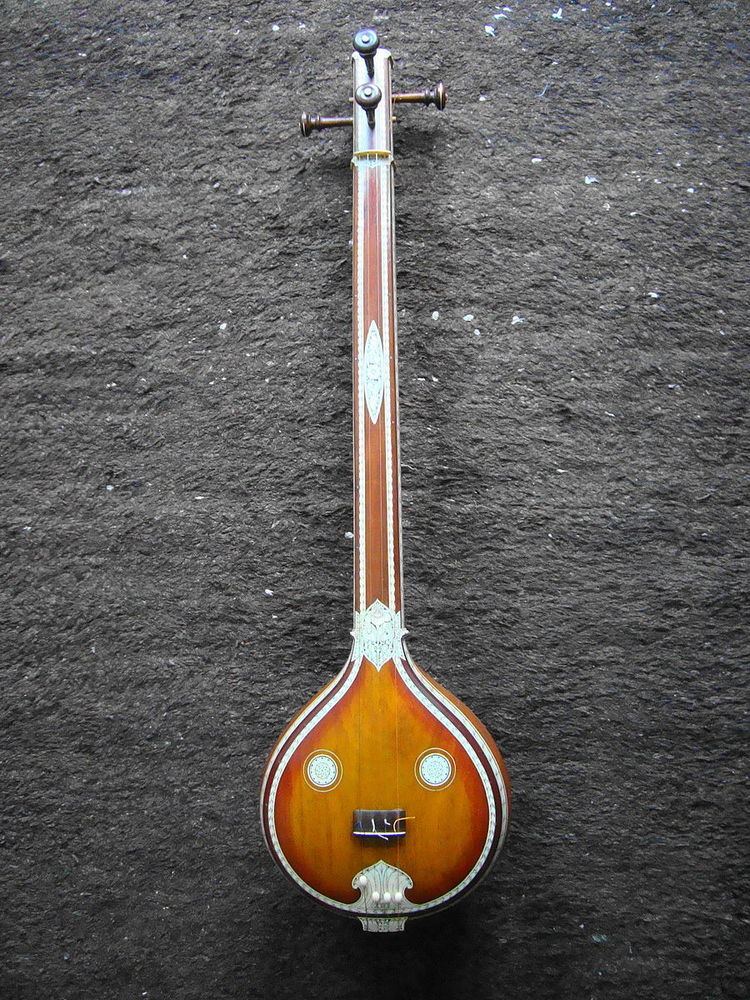 | ||
Udayaravichandrika is a rāgam in Carnatic music (musical scale of South Indian classical music). It is an audava rāgam (or owdava rāgam, meaning pentatonic scale ). It is a janya rāgam (derived scale), as it does not have all the seven swaras (musical notes). The equivalent of Udayaravichandrika in Hindustani music is Dhani.
Contents
Structure and Lakshana
Udayaravichandrika is a symmetric rāgam that does not contain rishabham or dhaivatam. It is a pentatonic scale (audava-audava rāgam in Carnatic music classification - audava meaning 'of 5'). Its ārohaṇa-avarohaṇa structure (ascending and descending scale) is as follows (see swaras in Carnatic music for details on below notation and terms):
The notes used in this scale sadharana gandharam, shuddha madhyamam, panchamam and kaisiki nishadham. Udayaravichandrika is considered a janya rāgam of Kharaharapriya, the 22nd melakarta rāgam, though it can be derived from other melakarta rāgams, Hanumatodi, Natabhairavi or Natakapriya, by dropping both rishabham and dhaivatam.
Udayaravichandrika and Suddha Dhanyasi are closely related, so much that many performers treat the two as interchangeable. Some contemporary practitioners consider Shuddha Dhanyasi as more inflected (i.e., using more gamakas), and Udayaravichandrika to be more in the Hindustani tradition with almost bare (i.e., uninflected) notes. Puritans, however, refer to the fact that Udayaravichandrika is an ancient raga in the Venkatamakhin tradition and was reputed to be created by Muthuswamy Dikshitar himself. However, at that time, it had kakali nishadam rather than the kaisiki nishadam of Suddha Dhanyasi.
In recent years this distinction seems to have blurred, and both ragas are considered roughly equivalent.
Popular compositions
Here are some popular kritis composed in Udayaravichandrika.
Related rāgams
This section covers the theoretical and scientific aspect of this rāgam.
Graha bhedam
Udayaravichandrika's notes when shifted using Graha bhedam, yields 4 other major pentatonic rāgams, namely, Mohanam, Hindolam, Madhyamavathi and Shuddha Saveri. Graha bhedam is the step taken in keeping the relative note frequencies same, while shifting the shadjam to the next note in the rāgam. See Graha bhedam on Mohanam for more details and illustration of this concept.
